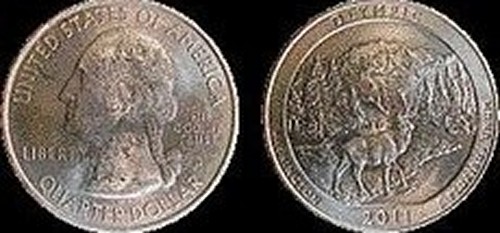|
High-bouncing By |
 |
|
This 2011-D Olympic Images by Mike Diamond |
|
In 2010, the U.S. Mint The presence of these Machine doubling In some cases, either In other cases, a die Raised and incused While the same die A commemorative Tuel first presented Early opinions I suspected machine The bottom (outer) Forming incused Remember that the A high bounce with a Coin |
|
http://www.coinworld.com/articles/high-bouncing-die-leaves-offset-incuse-machin/
Copyright |